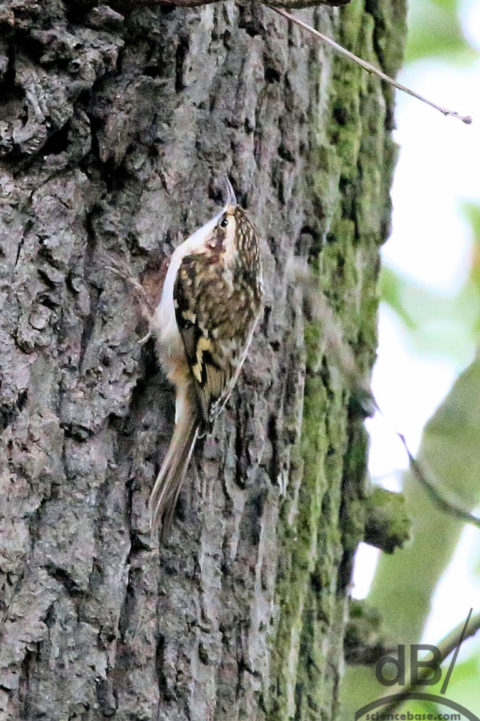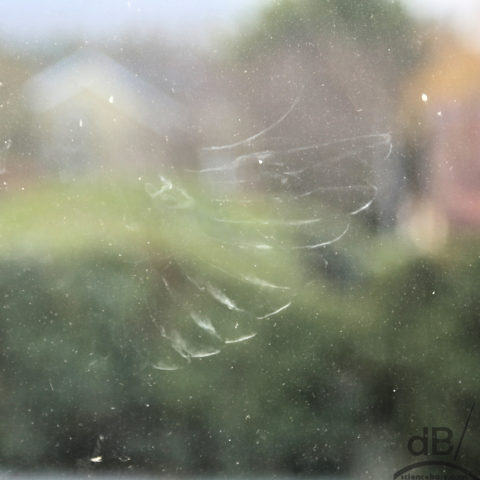Back in June 2017, I spotted a pair of treecreepers (Certhia familiaris) creeping up a tree in the local, Rampton, woodland. I was too close to get a shot with the zoom lens and by the time I’d stepped back from the tree they’d crept around the back and out of sight, flying off when I took another step towards them. I framed the blurry tail of one of the pair.

Ever since, I walk through the same patch of woodland quietly in the hope that they’re there again, they never are. But, I did see another specimen on the edge of the wood close to the Cottenham Lode. Again, too close for the lens to focus, unfortunately. I’ve seen and photographed the unrelated nuthatch (Sitta europaea) which also creeps up tree trunks and along branches. Treecreepers only creep upwards though.
At last, 3rd October 2017, listening and spotting long-tailed tits in Rampton Spinney (again), I hear some high-pitched warbling among the whistles and chatter of the longtails. Look up at the nearest ash tree and there’s a treecreeper heading up to the canopy. Quick snap of it and then another lands. So, at long last, a decent shot or two of this active and resident British bird, which apparently tags along with tits in autumn and winter. Not to be confused with the short-toed treecreeper (Certhia brachydactyla), which lives in the Channel Islands (presumably for tax purposes)

